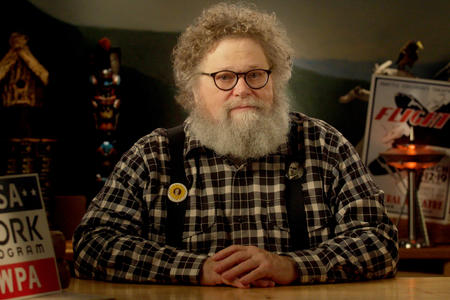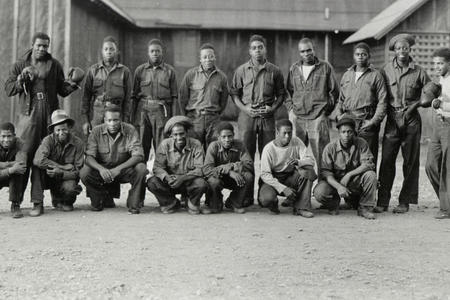Podcast | The Northwest’s electrifying role in the New Deal
From cheap power to rugged hiking trails, Franklin D. Roosevelt's government transformed the region.

A product of the New Deal, the Grand Coulee Dam helped power homes in the Northwest, as well as Boeing and the war effort. (Washington State Archives)
When President Franklin D. Roosevelt launched the New Deal in 1933, he set off a decade-long mobilization that would help move America out of the Great Depression.
It was a massive program that not only provided jobs, but also modernized infrastructure throughout the country. In the Pacific Northwest, where the resource economy was hit hard by the Depression, it reshaped society and even remade the land.
Subscribe to Mossback on Apple Podcasts, Spotify, Amazon, or Podbean.
Crosscut's resident historian Knute Berger told the tale of the New Deal and its impact on the Pacific Northwest in a recent episode of the Mossback's Northwest video series, but the New Deal is bigger than any single video could contain.
For this episode of the Mossback podcast, Berger joins former Mossback's Northwest producer, and new Mossback co-host, Stephen Hegg about the ways that the program transformed the Northwest and how the region's most massive project helped set the course for the next century.
Before listening, we suggest you watch the Mossback's Northwest episode about the New Deal here.





